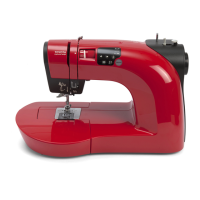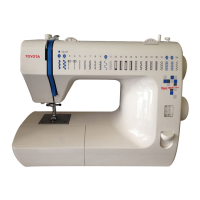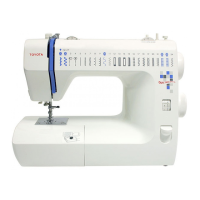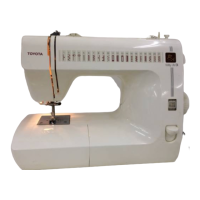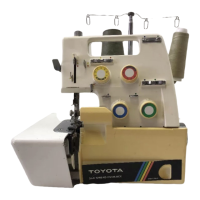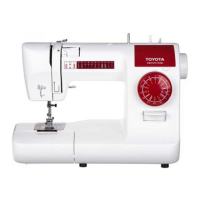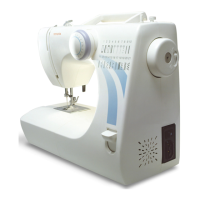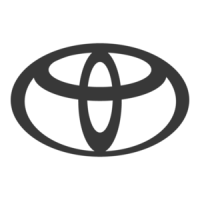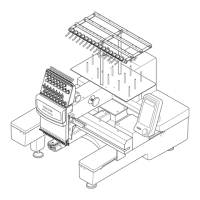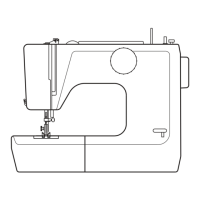————————————————————————————————————————————————————————————————————————————————————————————————————————————————————————————————————————————————————————————————————————————————————————————————————————————————————————————————————————————————————————————————————————————————————————————————————————————————————————————————————————————————————————————————
OEKAKI 50
OEKAKI SERIES
Read this manual carefully before use and always follow the instructions.
Keep this manual in a convenient place for easy reference.
If you give the sewing machine to someone else, also give them this Instruction Manual.
Utility stitching page 44
OEKAKI (free-motion embroidering) page 72
For video tutorial, visit http://www.toyotaoekakisewing.com
